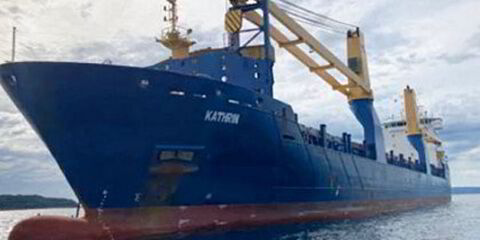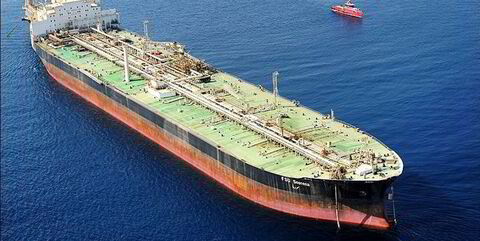Diana Shipping is staying positive regardless of its negative financial results so far in 2024.
The Athens-based company, whose fleet employment strategy is focused on period charters rather than the spot market, recorded profit slips in both the first and second quarters of 2024.
However, Semiramis Paliou, company chief executive, said during its second quarter results call that: “After a strong first quarter, the second quarter has remained resilient.”
The New York-listed bulker owner took a second quarter earnings hit due to lower charter rates.
Paliou quoted the fall in average Baltic time charter rates for the second quarter, which for capesize vessels was around 7%. However, she outlined that panamax rates had increased by 6% and supramax rates were up by 16%.
“Compared to recent years, the end of the second quarter and the start of the third quarter are somewhat muted. That sentiment remains strong,” said the CEO.
In response to the company’s profits slip, CFO, Ioannis G. Zafirakis, admitted: “The most important point for someone to notice is the net loss of $2.8 million.”
“However, this has been influenced from some non-cash items like the pricing of the warrants and also our shareholding in OceanPal calculation accounting wise. Otherwise, we would have been on the positive side of -- as regards to net income.”
Decreased ownership days was also attributed to the dip in earnings in the second quarter, despite this, although Zafirakis said that the company had kept utilization “very high”.
President & director, Anastasios C. Margaronis outlined how geopolitical developments had continued to have a “profound effect” on developments in the dry bulk carrier market, during the second quarter.
Margaronis reiterated that there is no firm direction that the market is expected to go from the rest of this year and into 2025.
“As we have mentioned on numerous past conference calls, Diana strategy is to avoid predicting future trends in fleet earnings and charter vessels in a staggered way as has been the case in 2005,” he explained.
“This strategy helps avoid the cluster of vessels opening at the same time and smoothens out the company’s cash flow over the medium and long-term,” he concluded.





